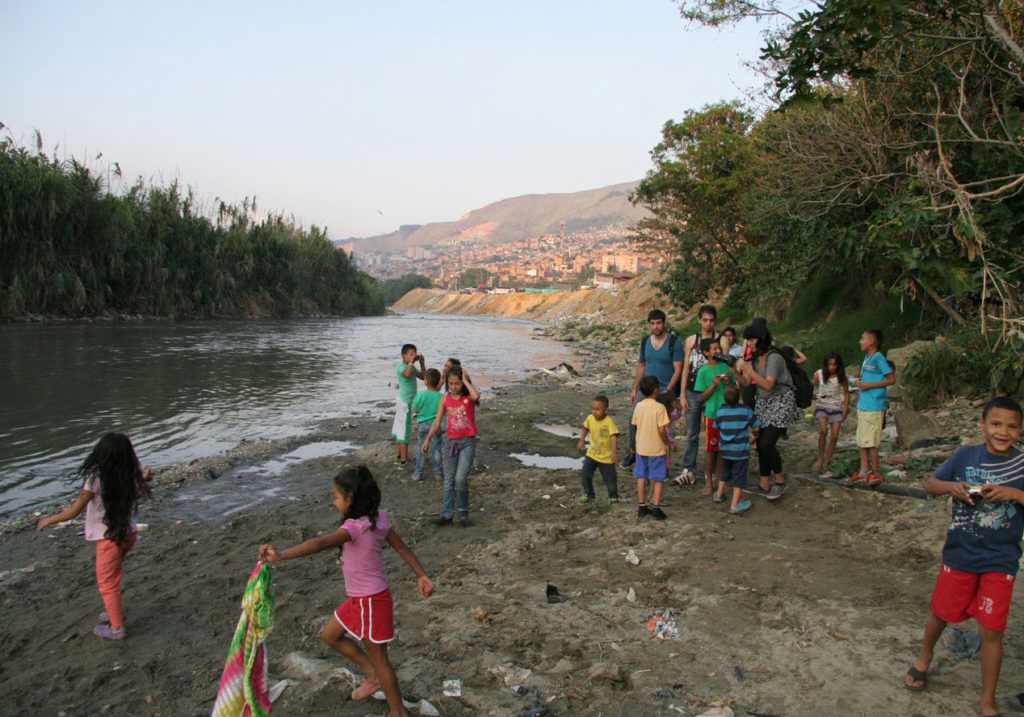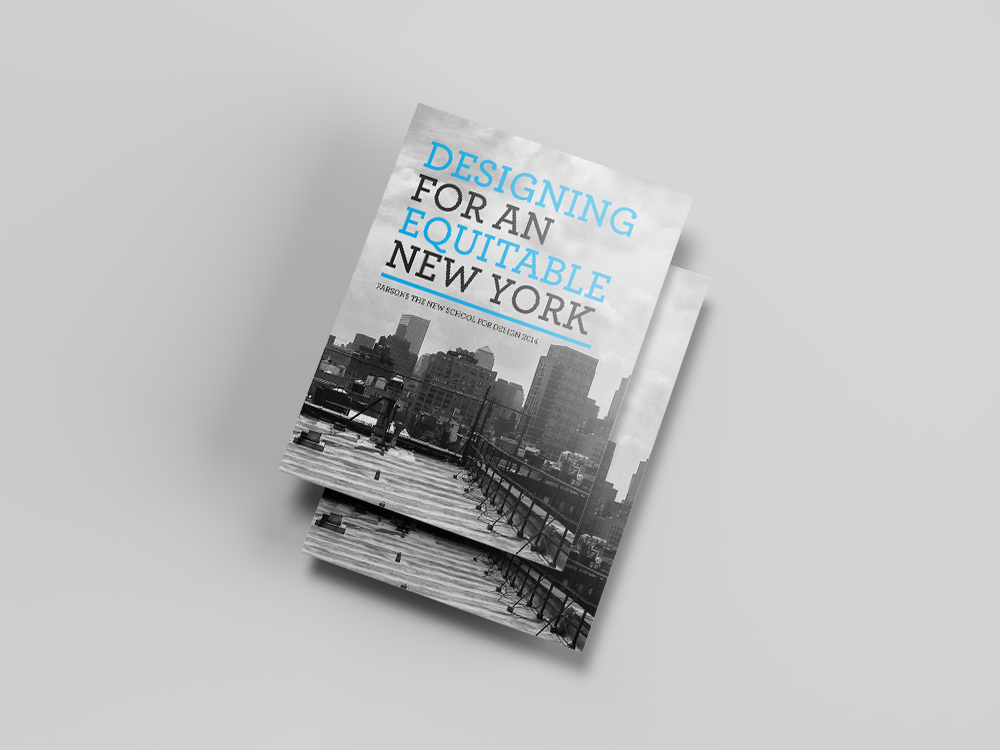Team
Anne Duquennois, Ron Morrison,
Role Co-authored a research project on re imagining tactics in addressing food inequality in New York City neighborhoods. As a team we worked in tandem in creating graphic and written materials.
About the Project:
[dropcap]O[/dropcap]ur project began as an encounter with creating available healthy food options in Central Harlem. In quick time we came to understand the difficulties that lie in aligning the interest of different actors within a neighborhood food system. As in this case, many challenges of our contemporary urban systems lie in the gulf between the particular and the universal. Struggling to operate within these dichotomies of the urban as large and universal, or small and highly differentiated, we move to retune current systems towards collaboration creating engagement points between systems and individuals. Through our collective work we define collaborative infrastructure as the building of flexible entry points to align disparate values that sustain daily life. Starting at the corner, our project engages bodega owners, community food workers, property owners, and neighbors in the creation of a collaborative system for brokering new food services in the Central Harlem area. It is our assertion that through exploring the collaborative potential of infrastructure we, as urban citizens, become more able to fully grow as ourselves and with others.
Rather than approaching the design of new services from a logistical perspective this praxis builds upon preexisting food resources and organizations in the neighborhood. Helping connect them to each other and providing them with a common structure, allows for the expansion of individual capacity and the ability to pool efforts to maximize the impact of their work. By valuing pre-existing resources the project aims to derive stronger more adapted networks to demand, manage and sustain a better local food system. We see this as an opportunity to explore two interrelated questions; how can present infrastructures become realigned through collaboration to yield new systems for managing resources, and how can circulating knowledge reduce the risk associated with such resources? By framing these questions through infrastructure, we continually wrestle with longevity of such a system from an innovation to being commonplace.
Through an analysis of the project landscape, actors, research methods, and touch points we will reconsider topics of scale, social ties, redundancy, knowledge, adaptation, and collaboration. Through the building of this infrastructure we simultaneously work to produce a fluency of its forms and functions. It is in this way that infrastructure becomes a vantage point through which to view your connection to others as well as the larger ecology. By learning to see the ties that bind as infrastructure, we begin to see ways to rearrange their pieces, alter their form, and inject new functions. We place ourselves within the system and in turn shape it’s ability to adapt to new users, partnerships, and services.

